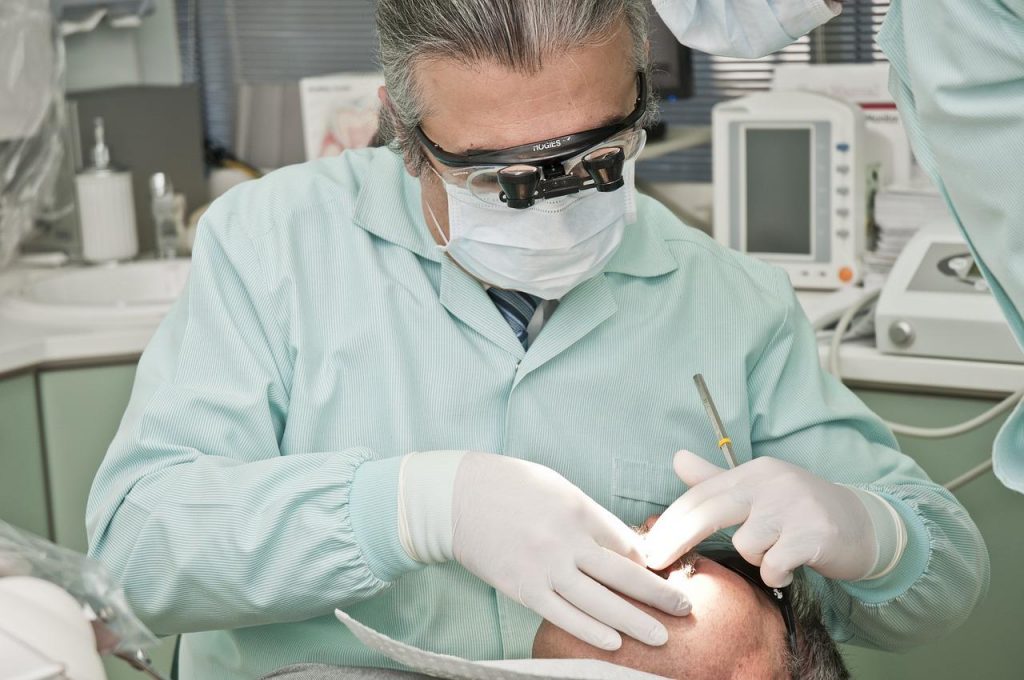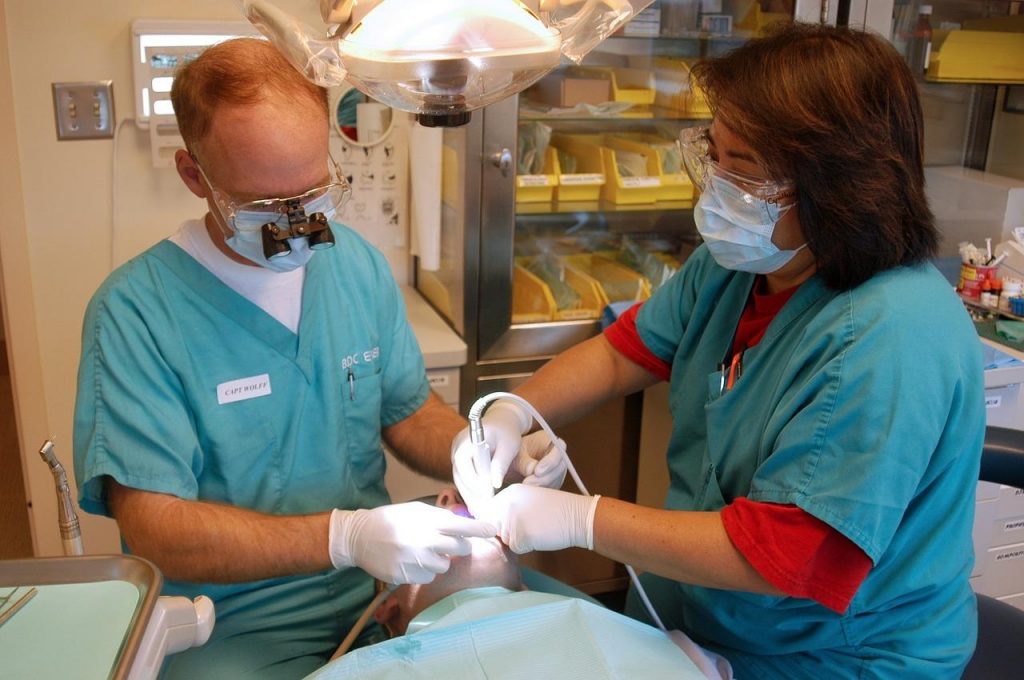In general, people are wary of going to the dentist. For people with severe anxiety, dental sedation helps to maintain ease. With sedation dentistry, you can undergo any dental treatment like simple tooth cleaning to oral surgery with comfort. There are different types of sedation dentistry based on the severity of your tooth issue. Each sedation technique has its period within which it works.
Therefore, before any dental procedure, you must know the type of sedation that is suitable for the treatment and also the duration for which the sedation is effective. The following are the types of dental sedation and the time for how long each one works.
Table of Contents
1. Inhaled minimal sedation
In dentistry, nitrous oxide combined with oxygen is the gas used for sedation dentistry. Also known as laughing gas, nitrous oxide is safe to use and provides conscious sedation to the patient. During this sedation technique, you inhale this gas through a mask placed on your nose. The dentist controls the amount of sedation you inhale. This way, the dentist monitors the depth and duration of the sedation.
Since nitrous oxide is insoluble, it reaches the site of action without breaking down within minutes. This insoluble property of nitrous oxide enables a quick dismissal of the sedation from the body. It causes fast recovery. The nitrous oxide sedation technique is beneficial in situations of sudden anxiety. In some procedures like scaling and dental prophylaxis, nitrous oxide sedation is effective without local anesthesia. It has fewer side effects if used appropriately.
Timeline: Nitrous Oxide sedation takes only 2 minutes to start showing effects, and by 10minutes, it achieves 90% equilibration. As long as the patient inhales the gas, the sedation stays active. Within 2 minutes of stopping the gas, the sedation effects start wearing off. Therefore, it has got a faster recovery rate. However, this study suggests that one should wait for 15 minutes before doing any driving after the dentist removes the nitrous oxide.

2. Oral sedation
Oral sedation is the most popular type of dental sedation received by patients. Mild to moderate anxiety in patients can calm down quickly with oral sedation, and sometimes, it also aids the patients towards a peaceful sleep a night before the appointment. The result is, you will be more cooperative, relaxed, and lightly sedated, which makes it easier for the dentist to manage. The dose of your oral sedation can vary from least to medium.
For least sedation, you take a pill, usually called Halcion. It is advisable to either take it the night before or an hour before the dental process. Even with the least sedation, some people might feel so tired that they fall asleep during the procedure. They can wake up with a soft shake. This sedation might last even after the procedure for 2 to 8 hours. How long your sedation will last depends on the type of drug given to you.
Timeline based on oral sedation drug types:
- Valium (Diazepam) – It takes a few hours to tackle anxiety and about 15 minutes to relieve pain. It is not advisable to use it for more than four weeks.
- Halcion (Triazolam) – A common drug for insomnia, it is ideal if taken 50 minutes before the procedure and stays active for 6 hours. Even in postanesthetic care, the drug can provide relief for an hour.
- Vistaril (Hydroxyzine) – Great for anti-anxiety, it is not very effective for sleep-inducing effects and takes 30-60minutes to become active and provides sedation of 1 to 2 hours.
- Versed (Midazolam) – Having a short duration of action of 1 hour, it is suitable for short dental procedures and starts showing effect within 15 minutes of administering it.
One of the disadvantages of oral sedation is that only a small serving of the drug reaches the site of operation since it travels through the digestive tract and hepatic portal passage. It takes between 30 minutes to 60 minutes to start seeing its effects, and the recovery time is also delayed.
3. IV moderate sedation

Intravenous sedation, as the name suggests, is the administration of sedatives directly into your blood vessels. It works faster than other dental sedation techniques. This technique lets the dentist adjust the sedation level continually. Most dental clinics use benzodiazepine alone or in combination with an opioid. IV Sedation has a quicker recovery time as compared to oral sedation and longer compared to nitrous oxide.
Timeline: IV Sedation takes only 15 minutes to be active and usually involves injecting benzodiazepines like Versed (Midazolam) or Diprivan (Propofol). Versed gets effective when taken through IV within 5 minutes and stays for as long as 2 hours, whereas Propofol can be active within 30 seconds of injecting and can last for long surgeries.

4. Deep sedation and general anesthesia
When ingested with general anesthesia or deep sedation, you lose consciousness, go into a deep sleep, and cannot awaken even by pain. You lose your ability to support your ventilation system, and therefore need support to maintain an airway. There will be a reduction in your cardiovascular functions also.
Regardless of the type of dental sedation you receive, you’ll need a local anesthetic for the numbing medication at the place where the dentist will operate in the mouth. In case the procedure causes any distress, it will help in relieving pain.
Timeline: It can take anywhere between 45 minutes to 24 hours to fully recover from the effects of general anesthesia, depending on the nature of the surgery.
Post dental procedure:
Most dental patients can get back to their routine within 24 hours of drug administration. The effect of dental sedation varies from one person to another. Young people or healthy people are better at metabolizing drugs more efficiently, leading to a smaller duration. On the other hand, people with poor health or in older people the effect of sedation lasts longer. It is good to allow 24 hours of recovery time after the procedure to let the impact of sedation to wear off completely. This recovery period will make sure that the effect of the drug is entirely out of your system. One should avoid physical activity that includes operating/driving, any rigorous exercise, or operating heavy machinery.
Conclusion:
Remember to consult your dentist before undergoing any sedation. You need to understand the side effects and drug activity you might encounter. If you are taking any medications, then tell your dentist about it and also ask any of your loved ones to escort you after the treatment.
